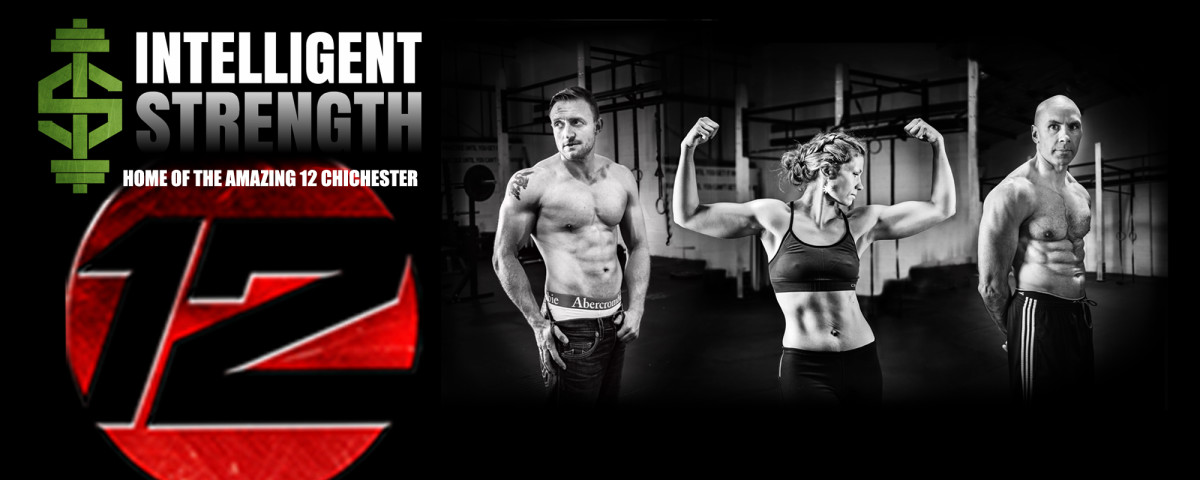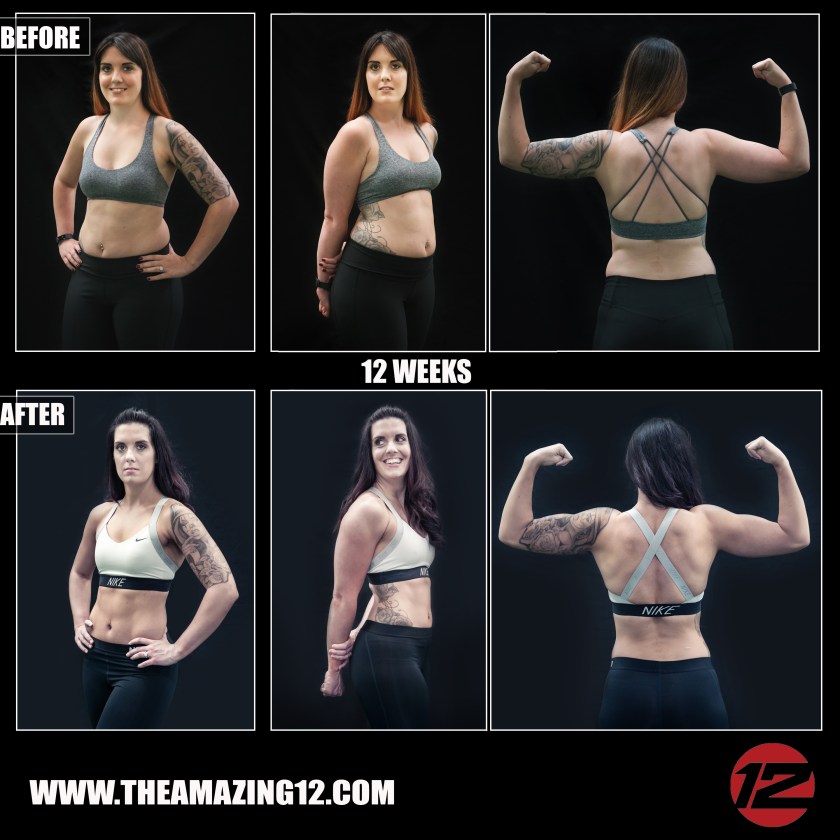
IN the world of high-level sports the difference between first and second is often what takes place between your ears.
The inner game – that ability to stay calm and focused amidst chaos; to put out of our minds a mistake; to rebound from a lost opportunity; to forgive ourselves; to overcome failing to meet an expectation, to cast aside doubt when times are troublesome; to deal with pain or discomfort or injury; to cope with pressure; to ride in the face of fear…
However, when it comes to skill and mastery – and this may sound like a contradiction – often the execution of a given movement or skill to a high standard doesn’t involve much thought at all. It’s instinctive. It’s reactive. It’s something that has been practised so frequently that it just happens. The mind is off. The timing is exquisite. The body knows what it needs to do.
There are two entities: the body and the mind. When working together, they can be formidable. When there is friction, progress or function seems sticky or stationary even.
Just like our muscles have to dance between tension and relaxation to enable us to operate at our highest, our mind has a yin and yang of its own, too.
In terms of lifting weights, for instance, we take in the information, process it, instruct and remind our bodies what to do and, using our senses, practice until we get better and it becomes easier.
There comes a point when we do more feeling and less thinking. This is having the intuition to know when everything is positioned as it should be and then it just flows perfectly. That takes repetition. Lots and lots of repetition.

The inner game also takes years to tame for most of us. Maybe ‘tame’ isn’t the right word, because I’m not sure we ever fully tame our minds. But we can definitely train our thoughts. As I wrote in my Week 5 blog of the Amazing 12 Chichester, we are all programmed uniquely, be it athletically or academically or creatively, and it is this that gives us an advantage or puts us at a disadvantage depending on our circumstances.
To change and improve is a process – a process that is as applicable to the mind as it is the body.
As coach Vic Braden wrote in Mental Tennis, a book I read many moons ago, “You should approach the process [of change] with the understanding that the brain does not change a software package quickly.”
Some of us, when learning a new or unfamiliar task, have to work harder and think harder, too. That point was highlighted this week on the Amazing 12 Chichester, as Rich and Stacey reached the halfway mark.
Midway, Rich had a frustrating night when practising the deadlift, a movement that has confounded him for many years. He was so consumed by frustration that it left him more listless than normal for the exercises that followed even though he was determined to make amends.
And the next day, when we resumed training, he was still mulling over the events from the night before, perplexed by how he just ‘couldn’t get it’.

As a questioner, Rich wanted to know ‘why?’ Was it a lack of mobility? Was it a lack of strength? Was it poor balance? Was it a weak core? Was it because he doubted himself?
What made it more frustrating was that the previous week Rich had made sizeable strides in the right direction and so he felt like he’d taken a massive backwards step.
As Braden explains, “in motor learning you might know what you want to do, but the brain replies, ‘Well, that’s fine, but I’ve still got a package up here and I’m hanging on to it’.”
Braden adds: “We get accustomed to functioning in a certain way and, psychologically, that way becomes very comfortable for us…bear in mind that psychological comfort is a very powerful quality for all of us. You might have to get a little uncomfortable before you can make the change you are after.”
There are several more tiers to Rich’s situation. (a) The expectation of thinking that we should be able to accomplish something in a given time when often our forecasts are unreasonable. How can we know how long it takes to learn or improve something when we are all so different?
(b) Sometimes we have to accept we can’t always have our questions answered or that we can’t have them answered in the way we want. There are times when we just have to let go – take the situation for what it is, move forwards and keep practicing, knowing the next day provides a new opportunity and that, with persistent effort, the breakthrough moment will come.
(c) We can view setbacks as positive and as learning and defining moments in our development. As I wrote in week 3, the path for progress is seldom linear. Often we take two steps forwards and one step back. We shouldn’t be disappointed on the occasions we don’t feel as if we are advancing.
(d) Each setback provides the opportunity to change a pattern of thinking: to bring awareness to a response or reaction that doesn’t enhance our experience. From there we can work towards introducing a new pattern/way of thinking – overwrite the old software, so to speak.
(e) There’s the overthinking. We can try so hard to work it out that, with too many thoughts flooding our brains, nothing works at all.
(f) Injury prevention. Rich has hurt his back in the past. When our body senses a threat or fears danger or the brain is sending a message of concern, the Central Nervous System goes into preservation mode and the body can tighten up to protect itself and thus make it harder to follow instructions or perform.
Rich can see how the ‘inner game’ plays a critical role when the stakes are high in top level sports, but what about the everyday athlete?

Put it this way: every top athlete was once an everyday athlete and the ‘inner game’ of a champion had to be cultivated from early on. He or she, using experience, had to train his or her thinking, just like muscles.
We need the inner game for everyday life, too. The gym is a place, like many, that allows us the opportunity to get better at it.
Having one ‘bad’ session on the Amazing 12 is like losing a point in a game of tennis. Don’t let that point lose you the match.
What determines the healthfulness of our bodies and minds is what we put in our mouths and heads respectively.
With Rich’s head in a muddle, I decided to take a gamble midweek. At Core Results, where we train, there is always a monthly gym challenge and I had Rich do it a few weeks ago as a finisher and as a marker to see where he was, fitness-wise, so I could have him try it again later. It involved goblet squats and heavy ball slams. It was a relatively short but high-intensity workout with low risk for those who aren’t so technically blessed.

I had Stacey do it as well a few weeks back. Typically, Rich attacked it with everything he had, finishing in 5 mins 48 seconds and, given how he went at it, I thought it would be a challenging time to beat.
Low and behold, someone came in the next day and knocked a good chunk off it, reducing the leading time to 4 mins 21. And then it went down further, to 3 mins 28.
Stacey also went for it with all she had at the end of one of our normal sessions and got the job done in an impressive 4 mins 58, but it took everything out of her.
This week, without prior warning, I had them both retry. Stacey didn’t want to. She said her legs were aching from the night before and that there was ‘no way’ she’d better her time. I just told her to do her best.

Even with a couple of no-reps, which she had to repeat, she registered an emphatic 4 mins 33 (25 seconds improvement in 13 days).
To sum up just how her mindset had shifted afterwards, Stacey, who doubted herself beforehand, said confidently, “I think I can do it faster.”
My ‘gamble’ on Rich was in order to lift his spirits. I felt, in spite of his funk over the deadlifts, that he could beat his goblet squat/ball slam time to at least remind him he was getting fitter and stronger. I was confident he could do it. If he didn’t, though, he might beat himself up further and conclude he was going backwards rather than forwards.
“I’ll give it a go,” he said. And he did, finishing in 4 mins 53, which is a staggering 55 seconds quicker than his first attempt two weeks previously, the one I thought would take some beating!

These are just little finishers, but they reveal progress. They tell me if someone is getting fitter and they can also help form a stronger mindset. In training, there are small victories to be had all the time if you are prepared to see them.
Battles are won this way. Change is difficult, but takes place incrementally. However, we need to know how to handle the moments that don’t go as anticipated or desired. Failure only exists when we fail to learn from our setbacks. Nothing is a waste of time, because every situation offers an opportunity to learn and develop.
To be at our best, we should perhaps take a leaf out of the book of the finest. Braden explains that the great tennis players (and this applies to most top athletes) “respond to their momentary failures and mistakes on court by pushing and willing themselves toward mental recovery. They never submit to their cycle of self-doubt, the cycle that starts with the silent cry, ‘I’m finished’.”
You’re only finished if you believe you are finished. Belief is a thought about something. And we can always change our beliefs if we permit ourselves to.
So here are a few questions to ponder: what beliefs do you hold about yourself that aren’t true? How do you respond to setbacks and what language do you use with yourself in those instances? Is your attitude to change and transformation a positive one and, if not, what can you do to improve it?







































































